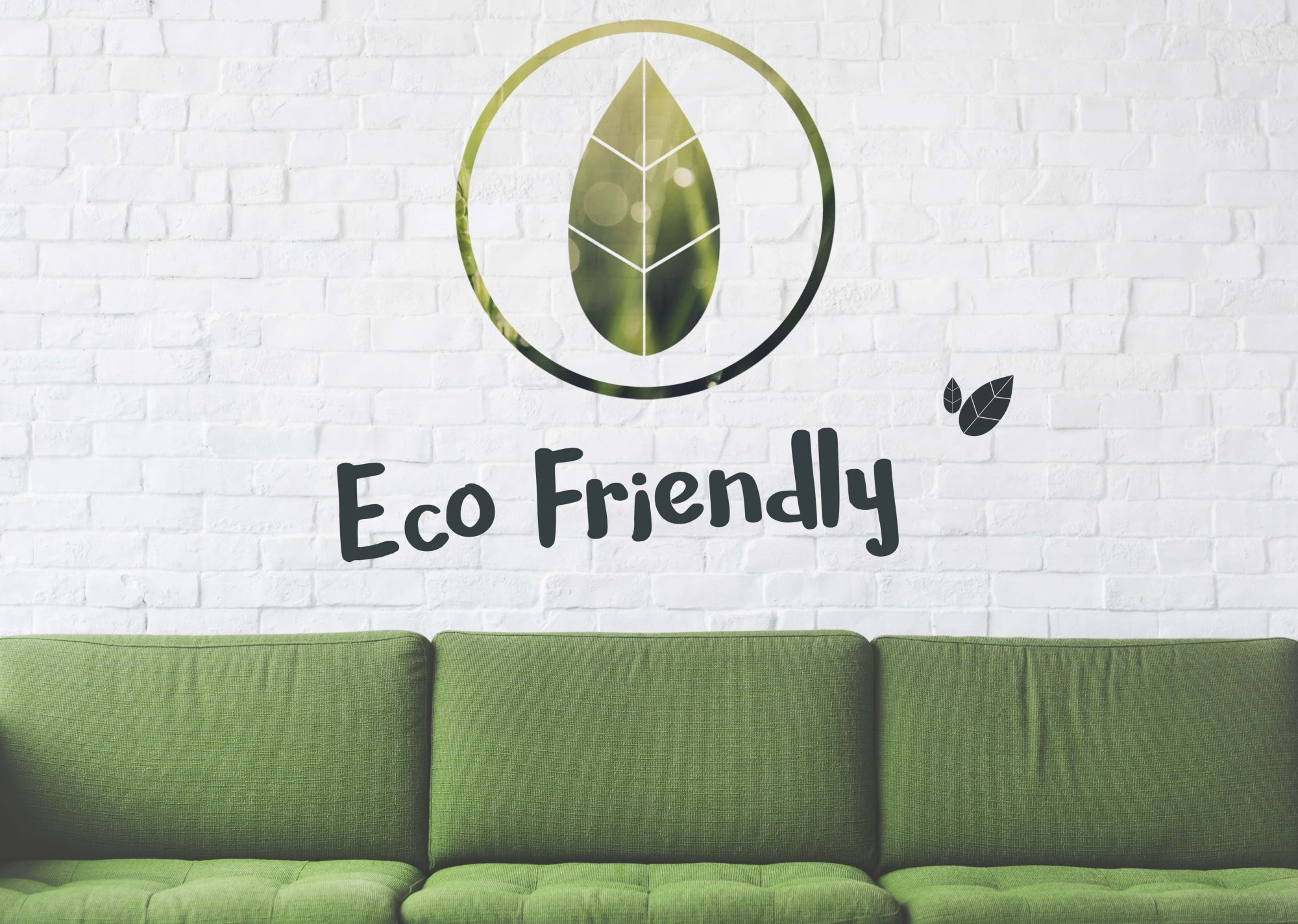Advertisement
Estate managers have the unique opportunity to make a significant impact on the local environment and create a greener future for their residents.
By implementing simple yet effective sustainable practices, you can transform your estate into a model of environmental responsibility. Here are just four straightforward things you can do from today.
1. Choose the right furniture
Most people don’t understand that buying a piece of furniture that is not locally manufactured has a huge carbon footprint. Even locally manufactured furniture uses materials that are environmentally harmful, not sustainable or biodegradable.
A mass-manufactured residential piece of furniture usually has a lifespan of about ten years before it needs to be reupholstered and the filling replaced. If it has been poorly manufactured it may need to be replaced completely with the old one being stripped down to its individual parts before going to landfill.
‘Generally, the fabric, urethane foam for back and seat cushions, batting, and webbing are made of plastic which cannot biodegrade in the landfill or be recycled. Although the timber frame can and should be recycled, if it is sent to the dump the broken-down composite board can release toxic formaldehydes into the environment,’ says Bruce and Kimlyn Harbottle of Man + Wife.
The couple from Port Elizabeth went back to basics, rethinking the materials used and the impact those materials have on the environment and our health, as well as designing for quality and durability.
‘Our items are designed to be repaired, rather than needing to be replaced. We have replaced urethane foam with locally sourced waste wool from offcuts that would otherwise be discarded.
Advertisement
‘Leather is locally sourced from regenerative farms in Hogsback and tanned in Kariega, Uitenhage and upholstery fabric is a mix of locally sourced cotton and recyclable olefin fibres. We also have an option of using fabric made from recycled PET bottles and felt made from recycled fabric remnants,’ add the Harbottle’s.
2. Implement waste management strategies
Separating waste for recycling is one of the easiest ways that residents can invest in our planet, which incidentally is the theme for this year’s Earth Day.
‘Finding a reason to recycle is perhaps the first step in changing one’s attitude and behaviour but sadly, only about ten percent of urban households recycle,’ says Edith Leeuta, CEO of Fibre Circle, the producer responsibility organisation for the South African paper and paper packaging sector.
Consider establishing a comprehensive recycling programme within your estate, making it easy for residents to recycle their waste, and adding an education component, to teach them about the importance of proper waste disposal and encourage the use of composting systems for organic waste.
Partnering with local recycling facilities or companies like Gooi, who collect compostable waste in Cape Town is a great way to start as is exploring innovative solutions such as recycling rewards programmes or collection points for hazardous materials.
3. Foster green spaces and biodiversity
Integrating nature and green spaces into your estate not only enhances its aesthetic appeal but also contributes to ecological balance says Divan Vermaak, Husqvarna’s veld management specialist.
For most of us, the easiest place to start being green is in our gardens. Within the grounds of the estate plant native trees and shrubs that provide shade and support local wildlife, create community gardens or allotment spaces to promote sustainable agriculture, and encourage residents to grow their own food. Encourage residents to plant the same kind of shrubbery and trees.
‘Remember that chemicals spell disaster when creating a biodiverse garden. Not only do they kill the species they are targeting, but everything else that meets them too. Instead, try using natural methods to control pests or at the very least, only use chemical pesticides, in small, localised areas when beneficial insects are not present or active,’ adds Vermaak.
4. Promote sustainable transportation
Reducing reliance on fossil fuel-powered vehicles is crucial for a sustainable future. Encourage residents to utilise alternative modes of transportation such as bicycles or electric scooters. Install bike racks and create designated walking paths within your estate to promote active commuting.
Golf carts are not completely emission-free but are certainly better than driving a petrol vehicle because they are typically worpowered by electric motors and smaller petrol engines. If these are an option for residents to use for short trips instead of their cars, then this could be encouraged.
Finally, despite load-shedding, implement electric vehicle charging stations and providing incentives for residents who own electric cars is also a big plus in reducing air pollution and improving the overall quality of life within your estate.



